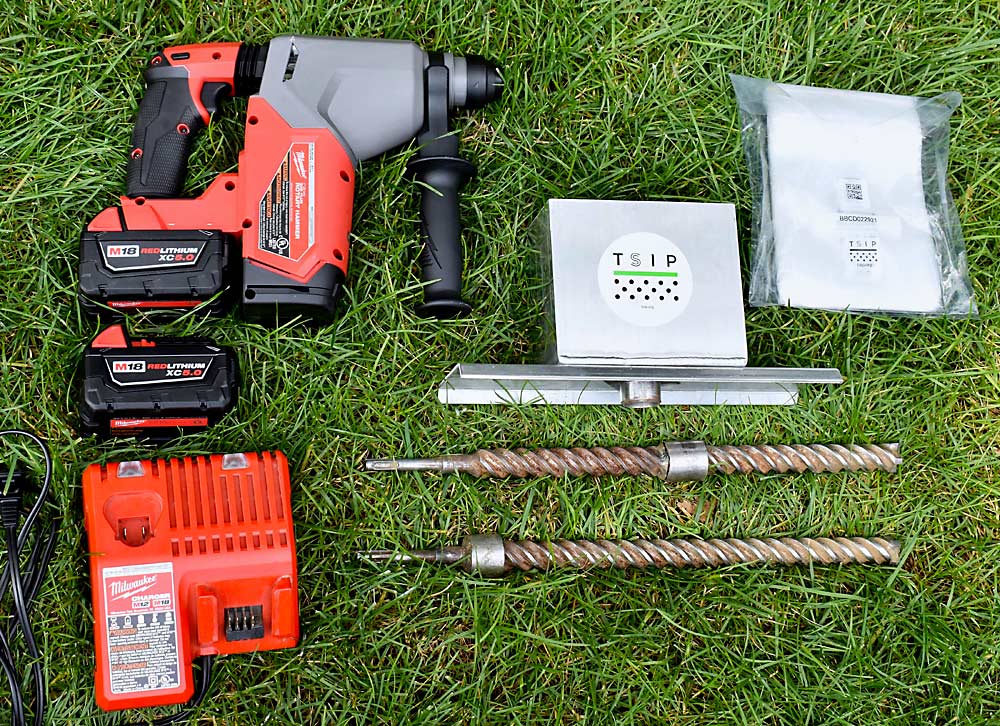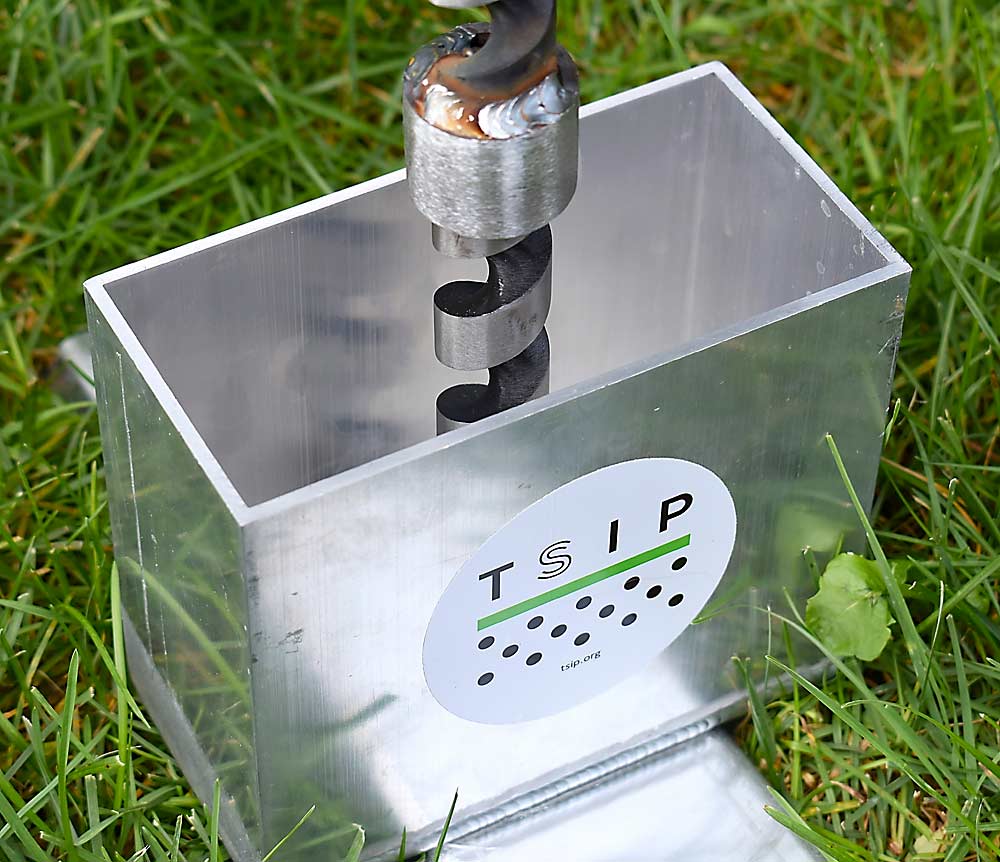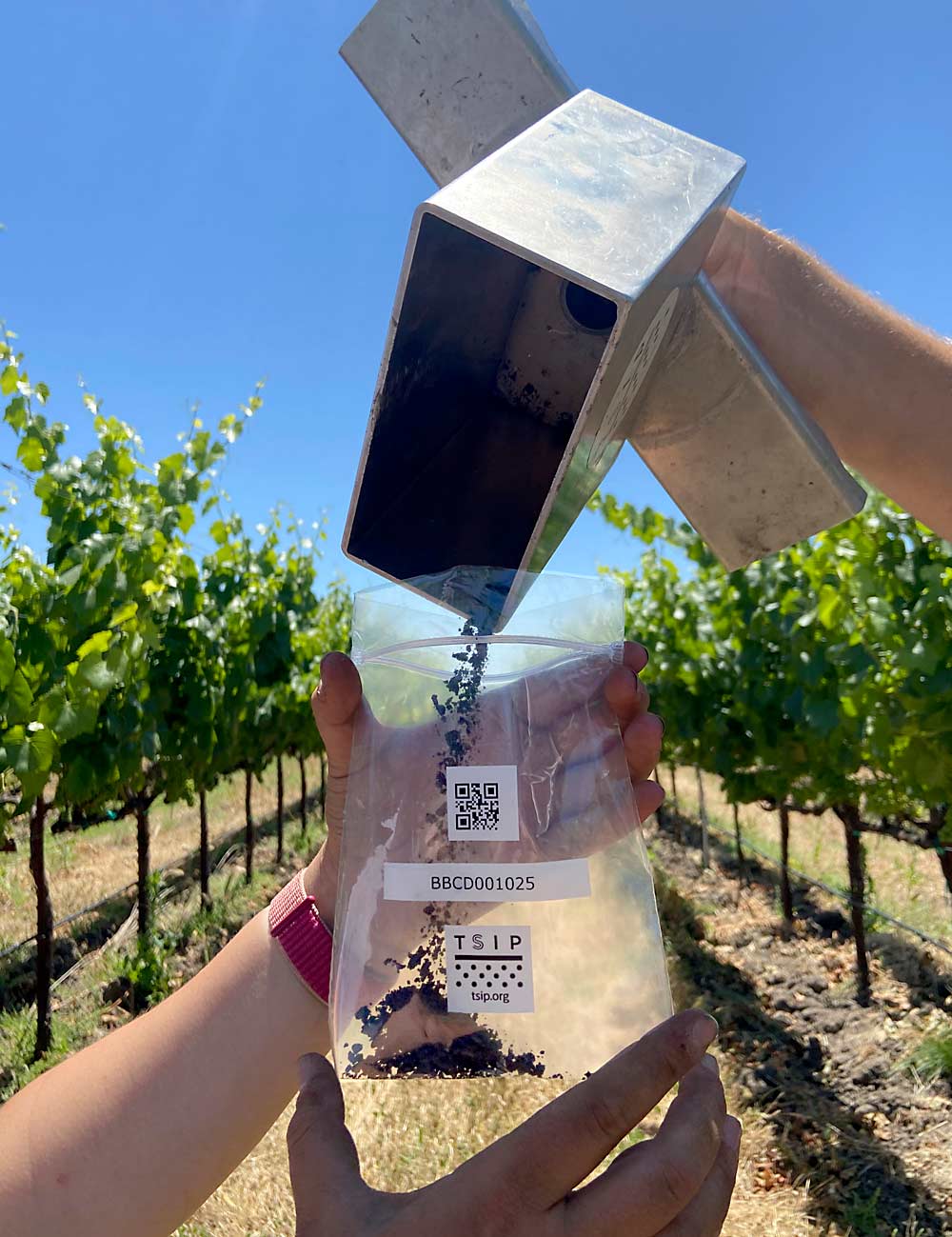—by Kate Prengaman

As the U.S. invests billions of dollars in climate-smart agriculture technologies, many questions remain about which on-the-ground farming practices offer tangible climate benefits — especially in the less-studied specialty crop sector.
“It’s not a question of does (regenerative agriculture) work. It does. It’s how well does it work, where, and at what cost,” said Kris Covey, an assistant professor of environmental sciences at Skidmore College in Saratoga Springs, New York. “We have to put carbon on the balance sheet for farmers. There’s a cost to build (soil) carbon and a value it produces.”
Covey co-founded The Soil Inventory Project, a nonprofit enterprise aimed at helping farmers scale up soil carbon testing and then building models from that data to help those farmers put the information into context. TSIP recently partnered with Jackson Family Wines, based in Santa Rosa, California, to pilot the approach in 20 California vineyards as part of a $20 million grant from the U.S. Department of Agriculture’s $3 billion Partnerships for Climate-Smart Commodities program.
Jackson Family Wines viticulturist and soil scientist JT Jaeger spoke about the company’s forays into regenerative farming and soil carbon testing with TSIP during a seminar on sustainable wine production organized by Washington State University.
“We’re trying to track carbon from a lot of angles, but this gives us the baselines,” he said. In time, TSIP plans to develop models to turn that baseline data into decision aids. “They are trying to give more data to farmers and scientists, at a regional scale, to link practices to outcomes.”
Building a carbon baseline
Jackson Family Wines wants to adopt more regenerative farming practices that sequester carbon and boost soil health. In 2018, the company launched a Healthy Soils Program demonstration project, with funding from the California Department of Food and Agriculture’s grant program, in the Russian River Valley AVA. Jaeger said the trial looks at the effects of cover cropping, compost additions, and going low- or no-till.
But the trial had a data gap: “How do we measure soil carbon?” Jaeger said. “We need to baseline to help us understand if a practice is moving the needle.”
Enter The Soil Inventory Project. To make soil testing more efficient and cost-effective, TSIP provides a drill-powered auger to take samples, rather than a traditional push probe, and developed an app to simplify the sampling process so anyone on the farm can do it — no traveling experts required, Covey said.

Bar-coded collection bags synced with the GPS-enabled app ease tracking of dozens of soil samples across a vineyard, Jaeger said.
“When you put a sample in the bag, they know exactly where it came from,” he said.
With traditional soil sampling approaches, he might take a few samples from each vineyard. With TSIP’s price at $10 per sample, he instead took 50 collections in a 116-acre vineyard, creating a more precise baseline that includes samples both from the tractor row and the vine row.
Jackson Family Wines sampled about 3,000 acres last year across Oregon and California. Jaeger shared the soil carbon trends for 20 vineyards, showing some expected trends — such as higher soil organic carbon in Oregon’s Willamette Valley vineyards than in most of the California sites — and some useful insights.
“The lowest organic matter vineyards are all fully tilled,” he said, and they’re just down the road from each other.
In the Healthy Soils trial, the data shows that the compost additions boosted soil carbon. They also found that the reduced tillage or no-till treatments significantly increased soil organic carbon in the tractor rows compared to the tilled control, Jaeger said. In the vine rows, however, the data hasn’t yet shown significant differences between treatments. That’s why it’s intended to be a 10-year trial.
“We’re trying to figure out how often we need to do the sampling,” he said. “If you only test every 10 years, do you have to wait 10 years to change practices?”

From data to action
That’s the second problem TSIP is trying to solve, said Covey and his co-founder, Bruno Basso, a Michigan State University professor who specializes in modeling the interactions between crops, soils and climate.
Data only has value in context, Covey said.
“If I give you a map of soil carbon, it’s like, ‘What do I do with this?’” he said. “Is it good? Is it bad? How does it compare to last year? The snapshot is not useful until it’s used in a model or larger inventory.”
Jackson Family Wines’ baseline data, for example, becomes much more valuable when it can be compared to the average for the growing region.
“If we have data from all those vineyards, now we can start to say that an investment in no-till in this place will bring this much soil carbon, which will do this to yield or water-use efficiency,” Covey said.
Establishing TSIP as a nonprofit organization offers it a unique opportunity to aggregate soil carbon data and build models that can offer that context to the growers supplying the data and researchers studying climate-friendly farming practices.
“What’s really valuable is the carbon in the soil and the ecosystem services it provides,” Covey said. But for a market to assign a value to that and pay farmers for that, the market needs consistent, verified data. “Only a trusted nonprofit, an arm’s length from the market, can produce that.”
Getting to that vision requires building models that connect the dots between farming practices and soil carbon, taking into consideration crop systems and location. Traditionally, this required collecting enough data in one crop system and location to build a predictive statistical model, Basso said. That’s slow going when you consider all the crop systems in the U.S. now interested in soil carbon.
Basso works on a different approach, modeling the processing that occurs in the soil and these crop systems. Think of it as a group of building blocks for each process that plays a role in soil carbon sequestration, a complex but adaptable construction.
“Instead of depending on observations, this model knows how plants grow, how nutrients cycle, how rainfall infiltrates. We capture the interaction between the plant, be it a cherry tree or field corn, and the soil,” he said. Modelers can then input specific scenarios to ask: “In this location, under this weather (and) this management, what is the fate of carbon sequestration?” he said.
The commodity crop model is almost done, but by swapping the puzzle pieces in and out, the same structural model can be adapted to specialty crop systems, he said.
“That’s the breakthrough of what we are doing in the modeling space,” Basso said.
Moreover, more similarities exist between systems than one might expect, because the core of the carbon sequestration is found within the cover crops in the tractor rows, not the roots of the grapevines or cherry trees, which grow much more slowly.
“Soil carbon is built through how you manage the interrows,” Basso said. “We understand how to model cover crops well. A rye cover crop is the same in California or Iowa if you account for the differences in climate and soil.” •






Leave A Comment